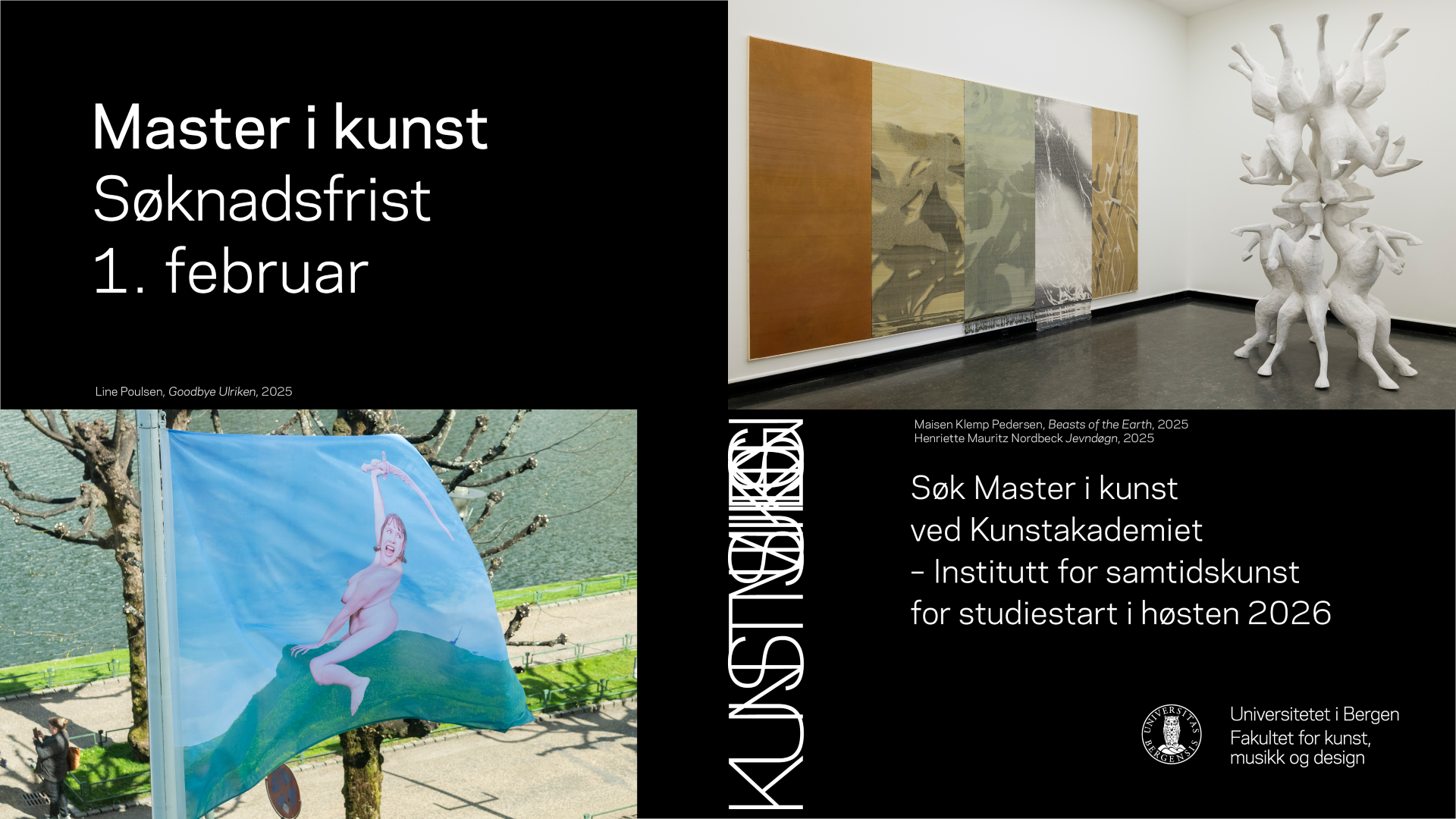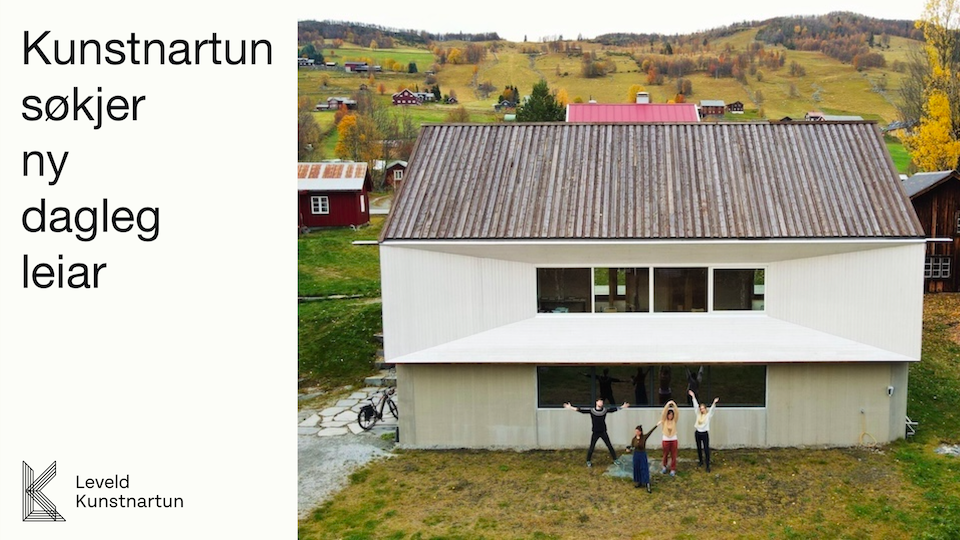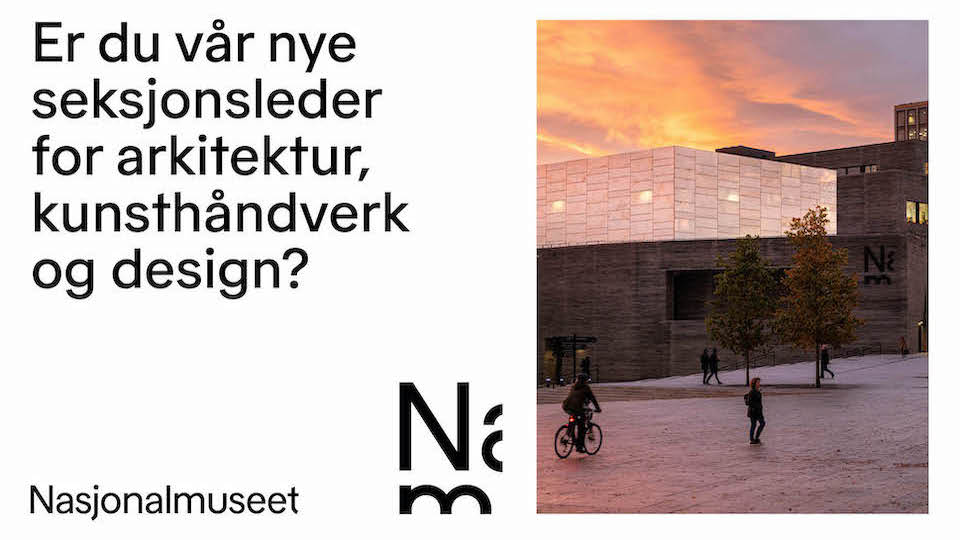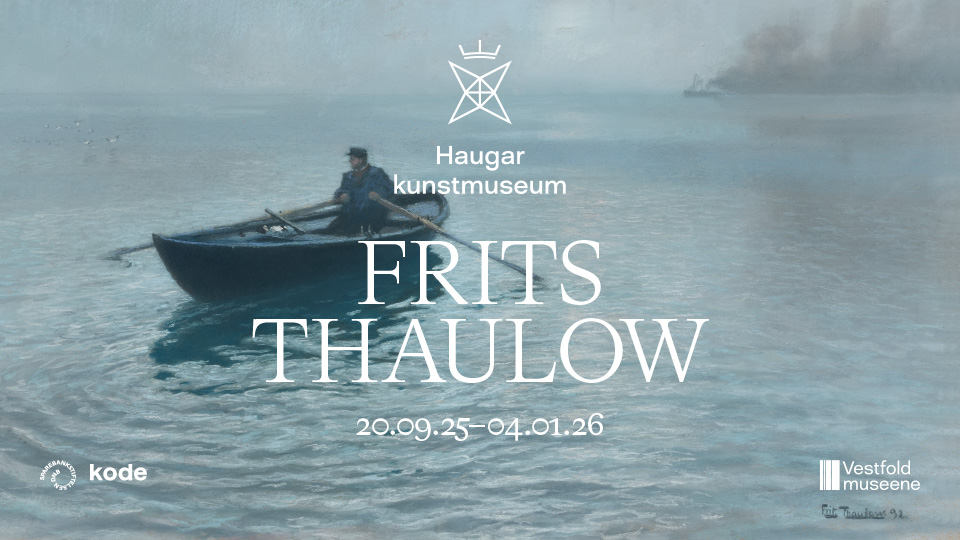
To anyone expecting the third triennial for emerging artists at the New Museum to be a cacophonic, ceaseless swipe flushed with frenetic tween attitude and brimming with glitch aesthetics – partly because it is curated by the artist Ryan Trecartin (with the New Museum’s curator Lauren Cornell) – the brief message is this: that was not the exhibition that opened in New York last Tuesday.
Expectations of this kind are probably prompted by the fact that Trecartin is still mainly associated with the playful approach to new media which marked his early breakthrough works, e.g. the burlesque video A Family Finds Entertainment (2004), shown at the Whitney Biennial in 2006. Since then Trecartin has proven that he is less interested in technology (in the sense of gadgetry) than in the deeper psychological and social effects of our thouroughly digitalised and commercialised world. The belated impact of this aspect of his work could also be due to how it’s only in recent years that Trecartin, who had his debut at the age of 20, has been “read” intelligently by people from his own generation who have been able to see past the spectacle of technological-carnivalesque imagery. One example would be Brian Droitcour, a critic who has also contributed texts to the triennial catalogue and edited the triennial’s other – and quite surprising – publication: a book of new poetry.

Being American art royalty, Trecartin’s name has likely influenced the expectations of this exhibition – which obviously wasn’t only his work, but organised together with Lauren Cornell, whose background in new media also helped bolster the assumption that this triennial would offer an up-to-date artistic response to the human condition in an age of radical technological change – and, importantly, that it would deliver the first-ever institutional manifestation of so-called Post-Internet Art. For a number of years Cornell held the position as director of Rhizome, a key platform for online art and new media up through the 2000s, affiliated with New Museum since 2003.
The triennial opened its doors to the press on a freezing February morning with temperatures plunging down to minus 15 degrees Celsius; a morning where the celebrations of the Chinese New Year finally seemed to be petering out – even though glittering confetti could still be found trapped in the ice just one block south of the New Museum. Apart from a perfectly ordinary-sized poster hidden away in one corner of the museum there was nothing to suggest that today was the opening day of one of the most hotly anticipated exhibitions of the year – no banners, nothing. The complete greyscale spectrum on view in the weeks-old accumulations of ice along Bowery, were more eye-catching.
The somewhat nondescript first impression remained in force inside the museum lobby, where there was still no defining graphic design or iconic sculptural marker to greet you. Only afterwards, once you have seen the exhibition on instagram, written about it in a text message and digested it over a cup of coffee at the café, do you realise the intentions behind the slightly hesitant beginning. We are in new medias res; already members of the exhibition’s audience before arriving – and producing, editing, consuming and distributing while there. We were, as the title of the triennial eloquently diagnoses us, a Surround Audience.

This is the third triennial arranged by New Museum. The first, held in 2009, was called Younger Than Jesus: its concept decreed that none of the participating artists could be older than 33, the age of Jesus when he was crucified. That first triennial represented an attempt made by the then-recently appointed head of exhibitions, Massimiliano Gioni, and fellow curators Laura Hoptman and Lauren Cornell, to brand the institution as one of New York’s leading venues for contemporary art – and their endeavours have certainly been successful. New Museum is a beacon of light as far as contemporary art in US institutions is concerned.
Since its inception, the triennial has focused on emerging artists. And even though only the first triennial had a firm age limit, it remains one of the few mega-exhibitions to seriously attempt to identify the cutting edge of the young art scene – an approach that has not really been comme il faut at the Venice, Berlin or Whitney biennials for some years now; at those venues it has long been considered a particular plus if you were able to unexpectedly pull a hitherto overlooked, lifelong oeuvre out of your hat, or if you could present an outsider artist – something that Gioni himself did quite emphatically at the last Venice biennial.
The New Museum triennial need not bother with any such considerations. Its objective is solely to present young artists on the cusp of breaking through, to articulate a scene as it emerges. If there is one thing that curators can be absolute sure to be roundly chastised for, it would be to claim to hold this “now” in the hollow of their hand. Nevertheless, this is exactly what Cornell and Trecartin do with no small amount of swagger, presenting an exhibition that encompasses 51 artists from 25 different countries, spreading across all five floors of the museum. Their perspective is focused and serious, but also has a distinctive freshness that is genuinely inviting, prompting you to go along with the whole thing. What is more, right now it is particularly interesting to see a portrait of a generation set in New York; for the first time in many, many years it would seem that the NY scene is once again the wellspring of new art.

What languages do the new generation speak? What tongues have they mastered? What is the nature of the dual speech of our current age, this intelligent “surrounding” expressed in the exhibition – this fundamental condition, this “sharing economy” that we produce for and are produced by, with which we happily share everything, and which monitors us 24 hours a day before we are ultimately stored as data for posterity? The triennial pursues several themes associated with these questions.
For example, you might easily get overwhelmed if you start to scan the exhibited works with a focus on skin, surfaces, shifts, membranes, blurred boundaries and transitions: Nadim Abbas’s sculptural display cases with built-in laboratory gloves that allow you to touch the objects inside the glass case without risking ‘infection’, or real contact; Olga Balema’s flat floor objects, as large as the human body, consisting of transparent plastic bags filled with water that allows you to see the ‘fossils’ – encased rusty steel pipes – but also the floor underneath; Guan Xiao’s sculptures, which include a small replica of a sculpture from Easter Island along with a tripod (the plinth of choice during the 2000s) in the middle of a richly ornamented, photoshop-obstructed snakeskin rug – a design object waiting to be photographed. Who is framing who? What is foreground, background, plinth, centre, skin and organ?

If Guan Xiao’s snakeskin is the skin of an avatar, then Donna Kukuma screens the history of an entire people on her massacre-red skin. Video footage documents Kukuma’s action in the Uhuru Park in Nairobi, where people had assembled to commemorate the bloody Mau Mau uprising against British rule in 1952: Kukama is seen standing in the crowd, painting her face with red lipstick in repeated circular movements.
Whereas Kukama’s red skin invokes colonial history, the green skin appearing in Frank Benson’s sculpture is more queer. In Benson’s 3D cast of the artist Juliana Huxtable, whose work is also featured in the exhibition, every part of the body is reproduced in perfect detail, right down to the pores in the skin. One aspect only is anomalous: her skin has a metallic green sheen, a feature that disrupts the mimetic reproduction, imbuing it with an alien quality.
Liquid, boundary-less subjects separated only by (cell) membranes and the question of “who’s framing who?” elegantly inhabits the fourth floor of the museum, where visitors can take in an exemplary case of how to install a group exhibition: Here, José León Cerrilio’s delicate aluminium frames – which may not look tremendously exciting on their own – appear in various sizes and have been installed so that they poke out from several walls in the room, thereby becoming thin, dashed lines that cut and carve the room into large and small sections. Through this ever-present “photoshop editing” of the room we see the Austrian artist Oliver Laric’s suggestive video-mutation in which familiar animated characters morph frictionlessly from one into another, from Manga into Marvel onwards to ever-new bodies, contours and surfaces. Or Aleksandra Domanović’s strange installation of prosthetic arms (3D-printed models based on the so-called Belgrad Hand, a prosthesis invented during World War II for soldiers who had lost an arm) hanging on the walls like reliefs, behind a vast, transparent plastic curtain; a cell membrane or artificial form of tissue that the spectator must transcend, and which elegantly distort our notions of body-technology and biological boundaries.

The reading of our contemporary, participatory, avatar-like way of life reaches a subtle high point in an unassuming video documenting the South Korean artist Geumhyung Jeong’s performance Fitness Guide (2011). The artist is shown working out on a modified piece of fitness equipment with a prosthetic head attached. The workout session gradually evolves into circular, autoerotic movements. As Geumhyung seeks to synchronise these masturbatory movements with the machine’s pre-programmed patterns of motion, it’s almost as if the artist herself is made into a prosthetic organ for the fitness machine. Eerie.
A more traditional rendition is on offer in the work created by the American artists’ collective DIS in the museum lobby. This fusion of kitchen and bathroom features a bright white piece of luxury design executed as a single element, imbued with the DIS’ hallmark smooth, antiseptic-retouched look, complete with a crisply delineated sink and a single, fiercely yellow lemon brightening up the vast, glossy kitchen table as if it had been prepared for a photo shoot. And indeed, this would prove to be the case. At times the vast extractor hood, emitting soft light in ever-changing colours, served a very different function than to extract air – for example whenever a woman (they were always women while I was there – and always model types) stepped calmly onto the podium, removed her sunglasses, turned a lever at the end of the hood and then proceeded to lie down, fully dressed, on a rubber mattress and let herself be drenched by sprays of water from a number of spouts emerging from the extractor hood. After approximately five minutes of relaxing in this “water-sunbed” she would slowly get up, empty the water out of her stilettos and step down from the podium – Miss Wet T-Shirt Descending…
I can’t help smiling to myself at the thought of how the Berlin scene will receive such Miss Wet T-Shirt curating when DIS is in charge of the city’s biennial in 2016. It was interesting to see this New York collective – the artists behind the online platform DIS magazine, known for their quite headstrong, distinctive profile that merges concern for the state of our planet with sales of ironic-critical office furniture – actually create a work for a museum, which is not something they normally do. According to Cornell’s opening speech, it was something that had come about at the behest of the curators.

Funnily enough, the installation actually had a slightly old-fashioned feel to it, a little reminiscent of Andrea Zittel’s architectural mobiles or “islands” from the 1990s. However, that impression changed when you saw your own pictures of the session afterwards: this made it clear that the smooth, glossy environment, the white kitchen unit and the bright lights suddenly made it possible for any audience member to take photographs pervaded by an advertising aesthetic, complete with lemon and model, like the ones issued by DIS on a daily basis. This fact introduced a more up-to-date aspect to the collective’s contribution to the triennial; a contribution that might – alongside those of Ed Atkins, Frank Benson and a handful of others – come closest to delivering what you would expect in terms of a manifestation of Post-Internet art.
Much has been said about Post-Internet art – a term which obviously does not mean that the Internet is ‘past it’; rather, it refers to its omnipresence in all aspects of our everyday lives. The cliché image of Post-Internet art is a glitch aesthetic peopled by avatars, 3D prints, digital scans, and photoshopped images ad absurdum. Indeed, such images were present at the triennial, but they certainly weren’t the most conspicuous element.

It is quite clear that the curators behind Surround Audience wanted to present a bigger picture than that – they give a portrait of a young generation whose art is indubitably informed by the conditions created by new technologies, but does not necessarily unfurl itself online or incorporate new media: their art can crop up in any space, material or media, including the classic ones. In fact, the triennial itself spelled out this fact in no uncertain terms. So, even though the triennial is not where you expect to see the parametres of what constitutes an art work shifted about, the exhibits have nevertheless been chosen with heed to these more fundamental concerns, and I believe that this is part of what gives the impression of Surround Audience as an intelligent emo exhibition, which actually succeeds in capturing the zeitgeist.
Speaking of intelligent zeitgeist, the catalogue itself merits a brief remark. It is very rare to find a group catalogue – especially from biennials and mega-exhibitions – that is actually worth lugging home with you. This glossy catalogue, coloured a bright tomato-red, is one of the rare exceptions: partly because of the stringent, cool graphic design (courtesy of Familiar) and partly because you can sense that great care has been taken to address all editorial aspects associated with the difficult group catalogue genre. Here you find brief, concise interviews with many of the artists. You get succinct curatorial texts, interesting position papers from Brian Droitcour, Hito Steyerl, Alexander Provan and Johanna Burton, as well as substantial, carefully crafted texts and a good selection of pictures accompanying each of the 51 artists. I predict that this catalogue will have a long shelf life next to other zeitgeist catalogues such as Nicolas Bourriaud’s Traffic, 1996, or Adam Szymczyk and Elena Filipovic’s 5th Berlin biennial, 2008.

At the press conference Ryan Trecartin emphasised the importance of the fact that they had invited contributors who operate on the outskirts of the field of art – such as DIS, the trend consultancy collective K-Hole (who created the campaign for the triennial) and the comedian Casey Jane Ellison, who contributes a satirical online talk show on youtube – in order to make more of an impression on the outside world. This, however, was not an aspect that truly pierced the institutional shell of the New Museum, nor does it seem set for a very visible afterlife as it journeys down the rivers of junk found on social media. Of course, they are hardly the only ones to face this problem. And, even if this generation has a glint in its eye, and are – to stick to the generational angle, now that it is allowed for once – far more generous and interested in the world around them than the at times rather self-absorbed neo-formalists of the 2000s, it is also a generation that comes across as somewhat resigned.
I have been thinking about why I was almost moved by walking through the rooms at the New Museum. Of course, there are the obvious dystopian readings of our contemporary double-bind world, for example the one provided by Josh Kline in his installation Freedom (2015). In this work the overlap of government and commercial interests, or of voluntary online sharing and a society where everything is monitored, are presented in the form of plainclothes police officers speaking about Big Data, police brutality and the privatisation of the public sphere, all from video screens placed in the stomach of man-sized, militant Teletubby-like characters. The statements and the characters portrayed by the partially software-masked officers are based on a range of found feeds from social media.
I also think that the poignant, moving quality of this exhibition stems from its serious, yet never moralising, tone. The bonus publication – a collection of poetry entitled The Animated Reader, which includes prose poems, excerpts from social media, performance scripts and more – reaffirms how it is impossible to staunch the ceaseless flow of commentary, but it also seems to embody a genuine faith in selection: in selected language, poetry.
Speaking of seriousness, it is quite striking to note how little irony you find in this exhibition. Apart from the campaign created by K-Hole – featuring humorous yellow mood pills, a kind of emoticon specially designed for the exhibition that appear in bus adverts and can be downloaded as viral stickers for your phone – you will find virtually no emojis here, and very little tongue-in-cheek attitude.

Of course the contribution made by DIS is full of attitude – you would expect nothing else – but the rest of the exhibition is actually quite free of the irony that is common fare among young artists; the kind of irony whose underlying self-importance is a distant cousin of the self-absorbed neo-formalism we have seen so much of in Europe. At the New Museum these formalists appear sufficiently sporadic to actually complement the overall exhibition: Lena Henke, Ane Graff, Olga Balema and Eloise Hawser.
I like this generation. I have had several flashbacks to the 1990s, and the whole concept of the artist-as-producer. There is a naivety here that is reminiscent of 1990s platform art, where artists would also invite other professions along in the belief that giving them access to the art scene would get things moving. At the same time the works at this exhibition are not at all naïve in a 1990s way. Artists no longer believe that it is possible to separate things – the private from the public, the not-for-profit from the commercial.
Perhaps the games being played with appropriation, media and the relationship between the two is a kind of updated relational aesthetic, post internet – between cell membranes, skin and screens, between the individual’s dual-sided contract with biology, technology and complex power systems and all that this entails in terms of empathic, porous subjects.


















